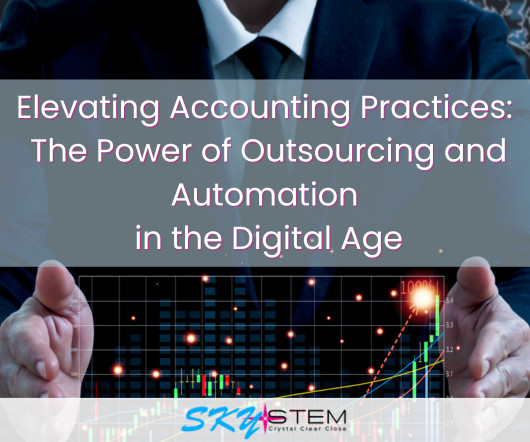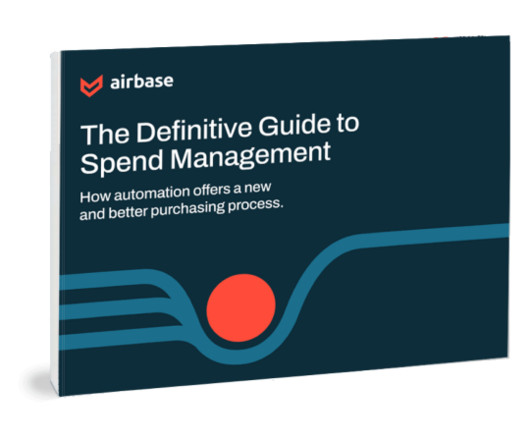The difference between margin and markup
Accounting Tools
JULY 8, 2023
Related Courses Revenue Management Revenue Recognition The difference between margin and markup is that margin is sales minus the cost of goods sold , while markup is the the amount by which the cost of a product is increased in order to derive the selling price. A mistake in the use of these terms can lead to price setting that is substantially too high or low, resulting in lost sales or lost profits, respectively.


























Let's personalize your content